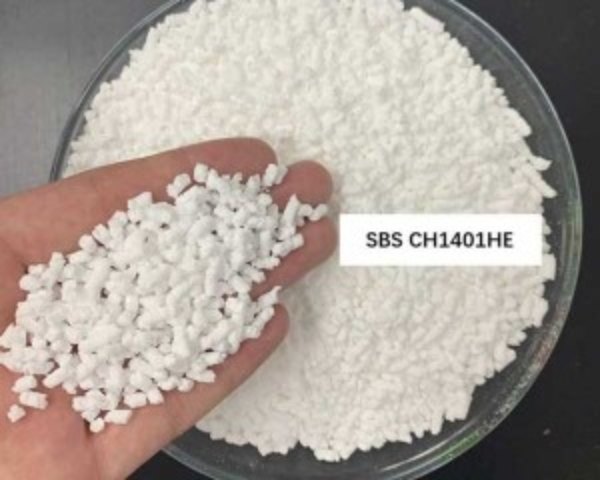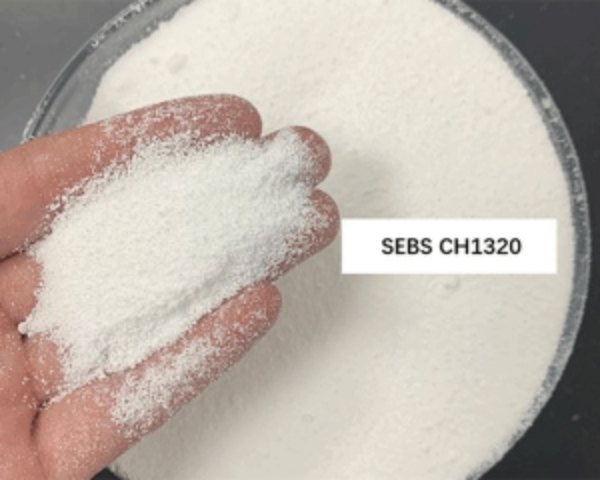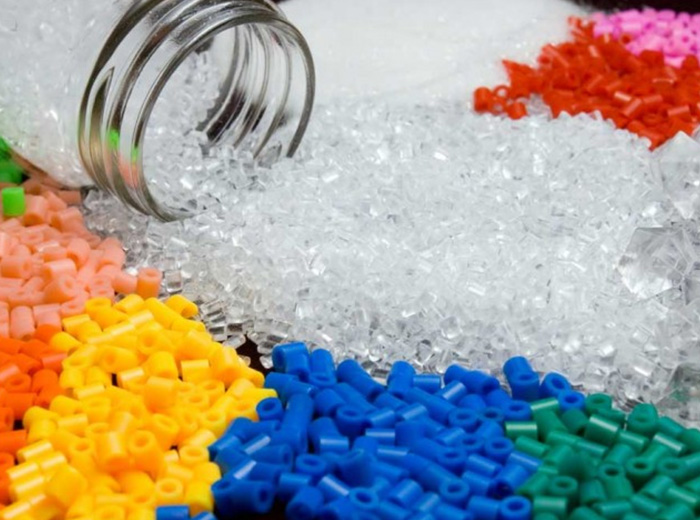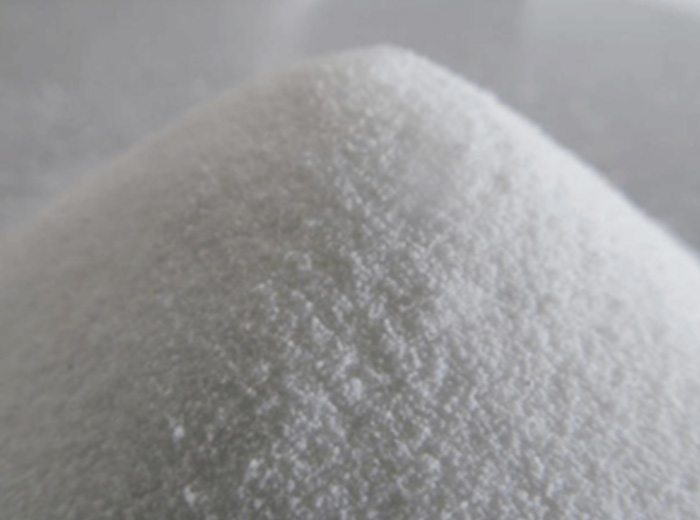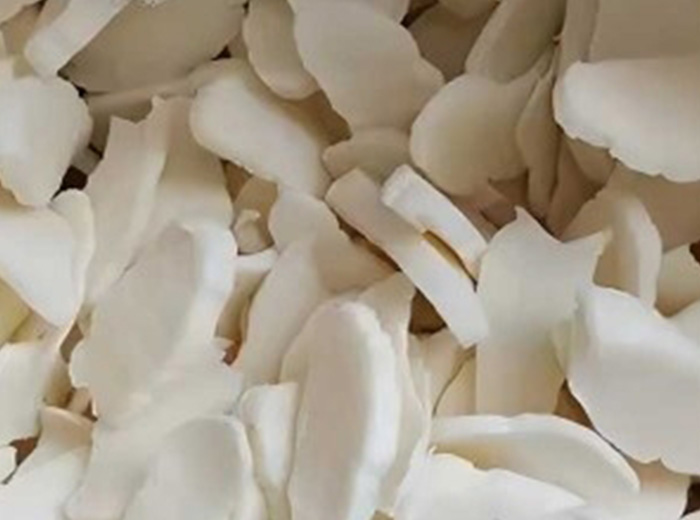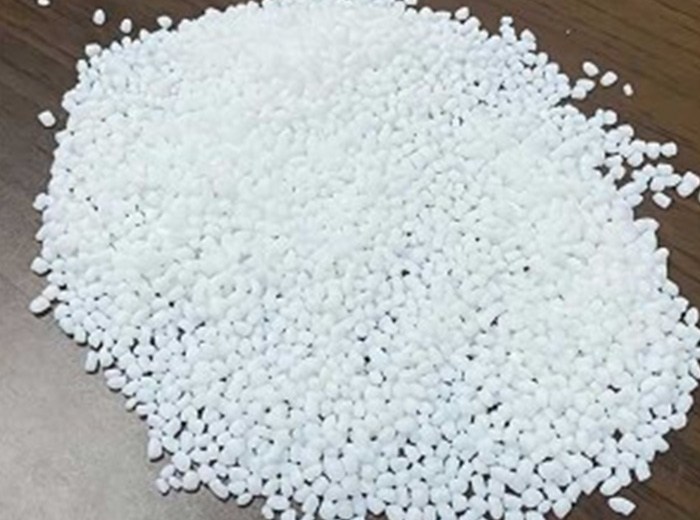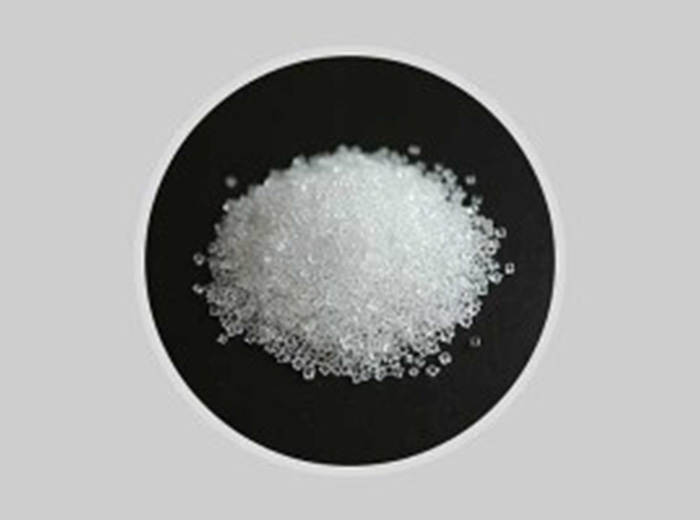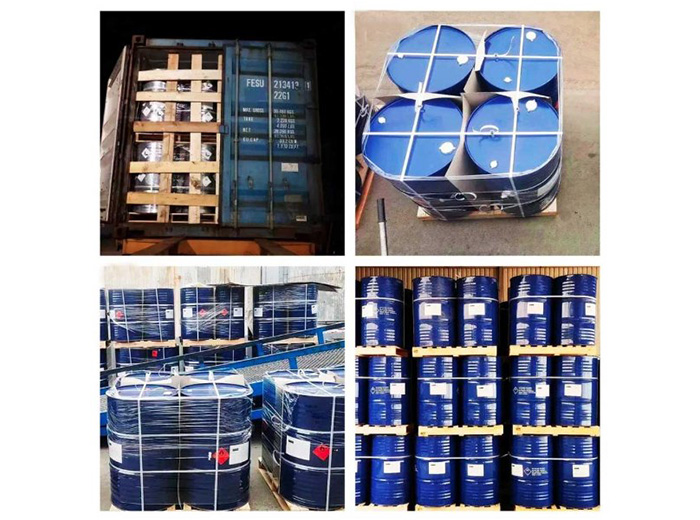Characteristics:
- Elasticity and Flexibility: Thermoplastic Elastomer combine the elasticity of rubber with the processability of thermoplastics, allowing for flexibility in designing intricate and functional components.
- Ease of Processing: TPEs can be melted and molded multiple times without undergoing significant degradation, providing manufacturers with efficient and cost-effective processing options.
- Wide Range of Hardness: The hardness of TPEs can be tailored across a broad spectrum, from soft and flexible to rigid, addressing a variety of application-specific requirements.
- Chemical Resistance: Depending on the specific formulation, TPEs can exhibit resistance to a variety of chemicals, contributing to their suitability for applications in harsh environments.
- Recyclability: TPEs are recyclable, contributing to sustainability efforts by allowing for the reuse and repurposing of materials in various manufacturing processes.
- Good Surface Finish: Thermoplastic Elastomer often provide a smooth and aesthetically pleasing surface finish, enhancing the visual appeal of end products in consumer goods.
Thermoplastic Elastomer - CHEMBROAD
Thermoplastic Elastomer (TPEs) represent a versatile class of materials bridging the gap between traditional thermoplastics and rubber. Recognized for their unique combination of elastic and thermoplastic properties, TPEs have become integral in a wide array of applications. These polymers exhibit the flexibility of rubber during processing and the ease of molding associated with thermoplastics. As a result, TPEs offer manufacturers a balance between performance, cost-efficiency, and ease of fabrication, making them ideal for industries ranging from automotive and consumer goods to medical devices.
There are several types of TPEs, and their properties can vary based on the specific chemistry and formulation used. Common types of TPEs include thermoplastic polyurethanes (TPU), styrenic block copolymers (SBC), thermoplastic vulcanizates (TPV), and copolyester elastomers (COPE), among others. Each type has its unique properties and advantages, making them suitable for different applications.
Characteristics:
- Elasticity and Flexibility: Thermoplastic Elastomer combine the elasticity of rubber with the processability of thermoplastics, allowing for flexibility in designing intricate and functional components.
- Ease of Processing: TPEs can be melted and molded multiple times without undergoing significant degradation, providing manufacturers with efficient and cost-effective processing options.
- Wide Range of Hardness: The hardness of TPEs can be tailored across a broad spectrum, from soft and flexible to rigid, addressing a variety of application-specific requirements.
- Chemical Resistance: Depending on the specific formulation, TPEs can exhibit resistance to a variety of chemicals, contributing to their suitability for applications in harsh environments.
- Recyclability: TPEs are recyclable, contributing to sustainability efforts by allowing for the reuse and repurposing of materials in various manufacturing processes.
- Good Surface Finish: Thermoplastic Elastomer often provide a smooth and aesthetically pleasing surface finish, enhancing the visual appeal of end products in consumer goods.
CH1401HE, a linear block copolymer with a molecular weight ranging from 70,000 to 90,000, contains 40% styrene. It finds extensive use in plastic modification and compounding, as well as in the production of waterproof membranes and adhesive agents.
CH1320, categorized as a SEBS linear block copolymer, comprises approximately 34% styrene content with a molecular weight of 200K. Its primary applications include plastic modification and compounding, as well as utilization in USB cables, lubricant additives, and similar applications.

